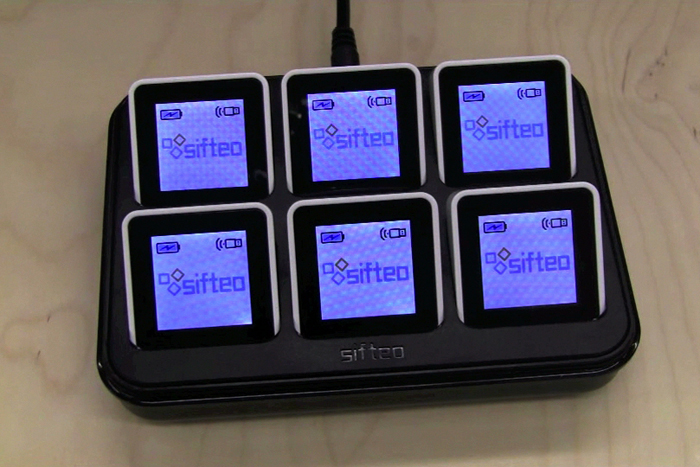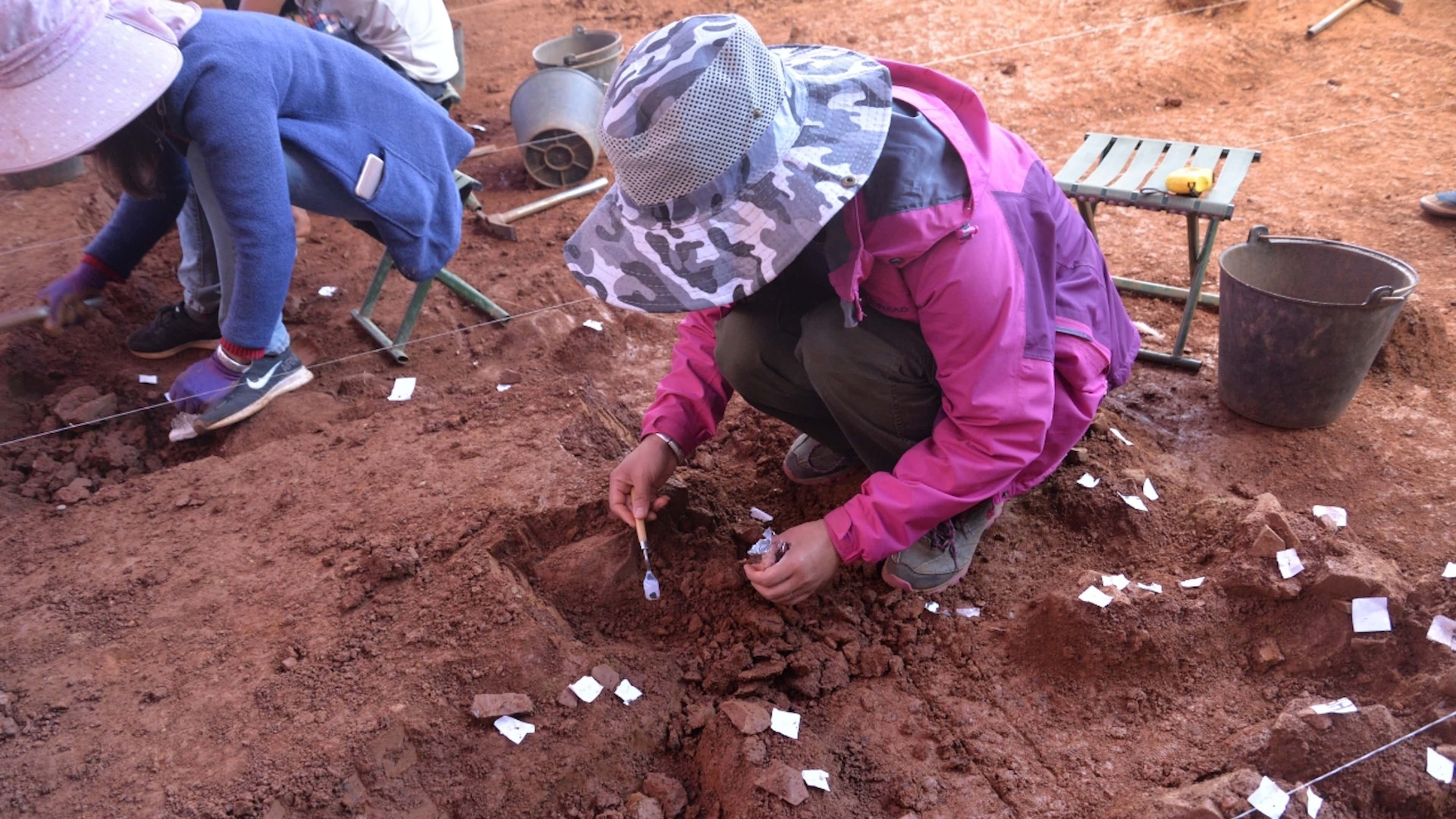
New Widgets Let You Snap, Crackle … and Think

Michael Karlesky is a computer science doctoral candidate at the New York University Polytechnic School of Engineering. He contributed this article to Live Science's Expert Voices: Op-Ed & Insights.
Let's think about how we think. However, rather than dive into brain science or psychological models, I will simply ask you to look around your desk. What do you see? Are the most recently used or most important objects closest to you? Are certain items next to one another to remind you to do something? Have you stuck Post-it notes to your screen? Now look a little more closely. Are there any doodles on pieces of paper? Perhaps a certain pen or paperclip or small toy is present at arm's reach because you play with it so often.
Now, let's think about our physical world versus the digital one in which many of us spend most of our creative time. The edge of a ruled piece of paper has margins in which to doodle. Even roads have a kind of margin where cars can pull over to change a tire — we call it a shoulder. Our desk has margins, too. We use that space to improvise just like in the margin of a piece of paper or on the side of the road. At its most basic, how we use a margin space is an extension of our thinking into the physical world. Our digital world simply has no equivalent: Your word processor application almost certainly has no doodle-in-the-margin feature.

Thinking in the digital margins
Our research team at the New York University Game Innovation Lab is exploring how people use the space around our digital devices to think.
Scientists and philosophers alike have demonstrated that thinking is not merely intellectual, but is intimately connected to our bodies and emotions. Research demonstrates the fascinating and powerful interrelation between how you move, how you think and how you feel. [Walking May Spark Creative Thinking ]
Manipulating physical objects with the hand activates the brain like nothing else — for example, writing longhand is far more stimulating than typing. G. D. Schott discussed this notion in relation to doodling in a 2011 article, "Doodling and the default network of the brain." Researchers suspect that the brain regulates its base level of activity by activating unconscious bodily motions. That is, fiddling with paperclips and fidgeting at your desk are quite possibly important aspects of thinking.
Furthermore, how people move measurably impacts our emotions. And our emotions are integral to our decision-making. It stands to reason, therefore, that the seemingly trivial behaviors we enact while working — doodling, fidgeting and fiddling — may not be so trivial after all.
Inspired by such work as the 2010 research in Psychological Science on how nonverbal displays affect risk tolerance and neuroendocrine levels — conducted by Dana Carney and colleagues at Columbia University — several projects in our lab explore the relationship between bodily movement and emotion.
To better explore this subject that is so important to productivity in today's digital workplace, our team has created Fidget Widgets, which we introduced at CHI ‘13. The small, programmable devices imitate the kind of hand-held objects someone would use for fidgeting in a purely analog world — for example, digitally duplicating the satisfaction of popping Bubble Wrap with a never-ending supply of pops.
Fidget Widgets are not designed to accomplish a task, but to instead allow the fiddler to experience the interaction itself. By incorporating well-established research into how humans respond to certain stimuli, we hypothesize that Fidget Widgets can meaningfully impact how people think while they work. Ultimately, we envision users able to choose a small boost to creativity, focus or calm just by selecting the right "mindless" interaction for their hands — in the margins of their digital workspace, so to speak.

Think of the hybrid physical-digital Fidget Widgets as a sampler box of chocolates, in which each flavor offers a slight change to your internal state. For example, from the field of positive psychology, researchers are finding that slightly improved mood improves creativity, while slight frustrations and anxiety aid focus. Fidget Widgets are meant to influence your internal state by triggering such experiences and to do so with greater impact than purely physical objects can. We had the opportunity to present our work at TEI ’14, and thanks to that community we now envision that Fidget Widgets could even represent the data of your digital work — allowing you to actually play with on-screen spreadsheet numbers with your hands.

Our user testing has revealed quite positive reactions both to the concept and early prototypes that we built with readily available Sifteo cubes. Interestingly, early testers expressed remarkably strong feelings about the tactile experience of items in their hands. Above all, we learned that although doodling, fiddling and fidgeting seem trivial, people care a great deal about what they want to feel in their hands.
You can help us understand the squish, stretch, snap, pliability, shape and materials that are satisfying to play with by participating in our online study. Until we understand these tactile preferences better, we cannot effectively create the widgets to test our hypotheses.
In the meantime, the next time you find yourself doodling on a legal pad, fiddling with a pen cap, or drumming your fingers, give yourself some credit. Your mind is quite likely hard at work.
Follow all of the Expert Voices issues and debates — and become part of the discussion — on Facebook, Twitter and Google +. The views expressed are those of the author and do not necessarily reflect the views of the publisher. This version of the article was originally published on Live Science.
Sign up for the Live Science daily newsletter now
Get the world’s most fascinating discoveries delivered straight to your inbox.










